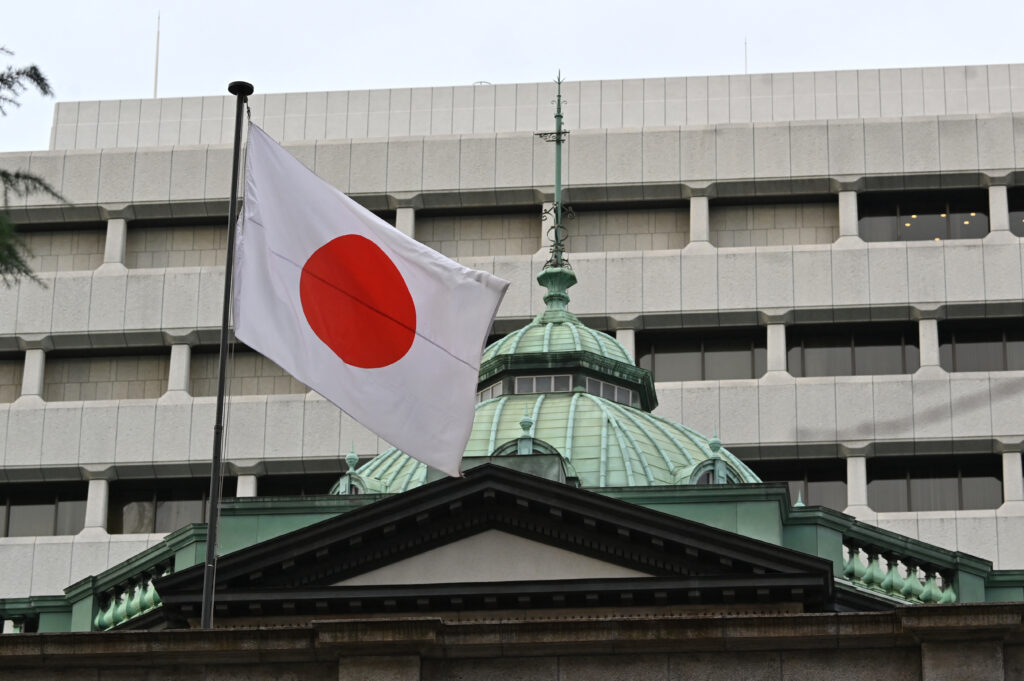
- ARAB NEWS
- 01 Jul 2025

Tokyo: Financial market players and others are paying close attention to when the Bank of Japan will conclude that the attainment of its 2 percent inflation target is fully in sight and when it will accordingly decide to start normalizing its monetary policy, which is very accommodating at present.
If the BOJ scraps negative interest rates, that would mark the first rate hike by the Japanese central bank since 2007. The BOJ currently sets a negative interest rate of 0.1 percent on some of commercial financial institutions’ current account deposits at the central bank.
As the realization of a virtuous cycle in which wages and prices both rise is essential for Japan to completely overcome deflation, the results of this year’s “shunto” labor-management wage negotiations in spring will be a key to the course of the BOJ’s monetary policy management.
The possibility of the BOJ achieving the 2 percent inflation target “in a sustainable and stable manner” seems to be gradually rising, BOJ Governor Kazuo Ueda said in a speech in Tokyo on Dec. 25, 2023.
If the possibility increases, the BOJ “will likely consider changing its monetary policy,” he said, showing his eagerness for policy normalization.
The important point is “whether wages will continue to rise markedly” in the 2024 shunto, Ueda said.
In July and October 2023, the BOJ decided to tweak its yield curve control program, a key element of the ultraeasy policy. As a result, it now allows the key 10-year Japanese government bond yield to rise above 1 pct to some extent.
Lifting the negative interest rates and abolishing the yield curve control will be a major challenge for the BOJ in 2024.
On Jan. 11, the BOJ will hold a meeting of local branch managers to receive reports on the current state of regional economies. The BOJ is expected to accelerate talks on changing its policy if it confirms wage increases spreading to small businesses, pundits said.
Some financial market players speculate that the BOJ will change its monetary policy at its Jan. 22-23 policy-setting meeting at the earliest.
Still, a member of the BOJ’s Policy Board has said that “it would not be too late even if the bank makes a decision” after confirming developments in the 2024 shunto negotiations.
If the BOJ forgoes a policy change in January, the next timing would be the March 18-19 policymaking meeting as no such meeting is scheduled for February.
At its April 25-26 policy meeting, the BOJ will adopt a quarterly Outlook for Economic Activity and Prices report, in which the bank will show its price growth projections for fiscal 2026 for the first time.
“The BOJ is seen deciding to start normalizing its monetary policy at the April meeting, concluding that the price target has been achieved,” Yoshimasa Maruyama, chief market economist at SMBC Nikko Securities Inc., said. Many other economists share the view.
Meanwhile, the U.S. Federal Reserve is expected to cut interest rates this year.
If the BOJ scraps negative interest rates, that may lead to the yen rising sharply against the dollar on speculation that the interest rate gap between Japan and the United States will shrink.
The BOJ would be unable to change its monetary policy until interest rate cuts in the United States come to a halt possibly in autumn of this year, Takahide Kiuchi, executive economist at Nomura Research Institute Ltd., said.
Ueda is expected to face a tough decision, analysts said, noting that interest rates, including on housing loans, would go up to hit households hard if the BOJ raises rates to start normalizing its monetary policy.
JIJI Press